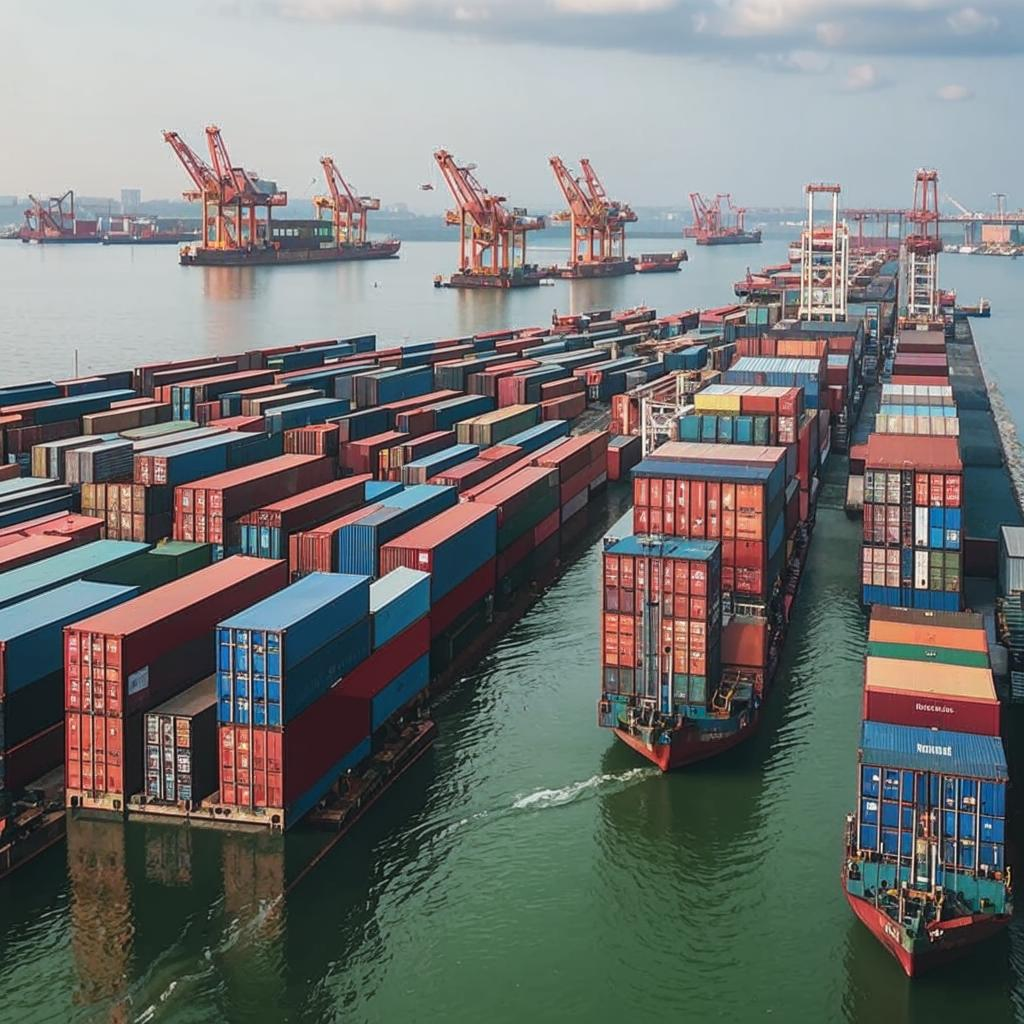Companies are increasingly diversifying their supply chains to reduce dependence on single regions and navigate rising geopolitical and economic uncertainties. The shift is driven by factors such as trade tensions, political instability, and pandemic-induced disruptions, which have exposed vulnerabilities in relying heavily on specific geographic areas, particularly China.
Businesses are now actively exploring alternative sourcing and manufacturing locations, including Vietnam, India, Mexico, and other Southeast Asian countries. This diversification strategy aims to create more resilient supply chains capable of withstanding future shocks.
While diversification offers long-term benefits in terms of risk mitigation, it also presents challenges. Companies face higher initial costs associated with establishing new operations, building relationships with new suppliers, and navigating different regulatory environments. Furthermore, ensuring consistent product quality and maintaining efficient logistics across multiple locations can be complex.
Experts emphasize that a successful diversification strategy requires careful planning, thorough due diligence, and a long-term commitment. Companies must assess the political and economic stability of potential alternative locations, evaluate the availability of skilled labor, and invest in infrastructure to support their operations. They must also build strong relationships with local partners and suppliers to ensure a smooth transition. Despite the challenges, the need for resilient and adaptable supply chains makes diversification an increasingly important priority for businesses operating in today’s volatile global landscape. This shift signals a move towards greater regionalization of supply chains.















